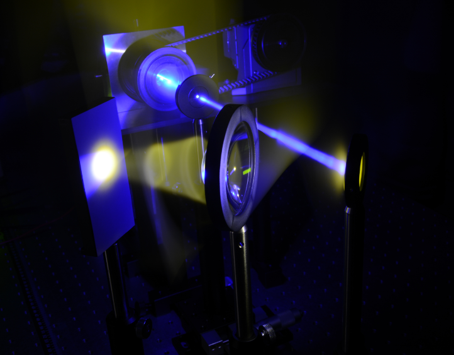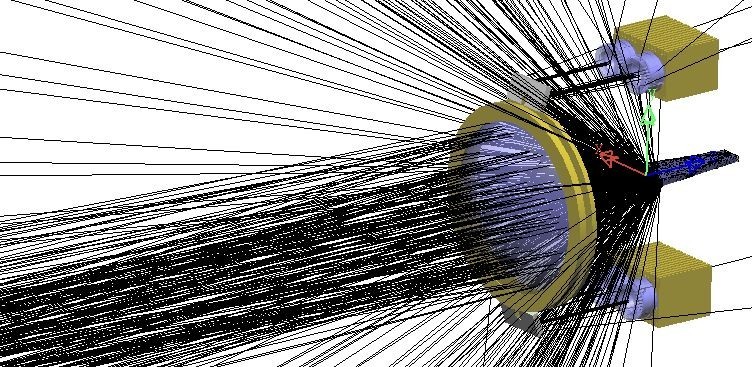| Technical Name | Smart Laser Headlights | ||
|---|---|---|---|
| Project Operator | National Taiwan University of Science and Technology | ||
| Summary | This technology presents a laser-based white light engine that uses a light guide design in combination with the reflective type remote phosphor. The total internal reflection characteristic of the mixing light guide is used to allow the collimated laser light beam to be coupled from the output end to the phosphor end. Once the phosphor plate is excited and starting to emit light, a uniform distribution of light is provided at the output end. The light emerging from the output end of the mixing light guide will then be used directly, or is combined with an imaging or imaging optics for further transmission of light. To simply the entire laser headlight system, we place the laser light source on the outer edge of the lens, using the combination and arrangement of single or multiple LDs to form the LD array. The mixing light guide goes by way of the direct oblique incident to allow the remote phosphor, mixing light guide and the illumination element to maintain at an optical axis to make the design of the illumination system more compact. With this design structure, the étendue of the illumination system would not need to be increased whether the design consists of single or multiple laser light source. Moreover, the design idea of having the direction of transmission of both the laser light and the excited white light to be reverse would prevent the laser from directly emitting beyond the scope of illumination. Safety is thus improved. |
||
| Scientific Breakthrough | •採用高功率雷射二極體光源 |
||
| Industrial Applicability | 下世代雷射照明應用才正起步,甚有發展空間,2014年諾貝爾物理學獎得主Shuji Nakamura教授在近幾年之演講也一直強調未來雷射將可以實現非常高的效率,加上其既有優勢,成為主流照明光源指日可待。 |
||
other people also saw







